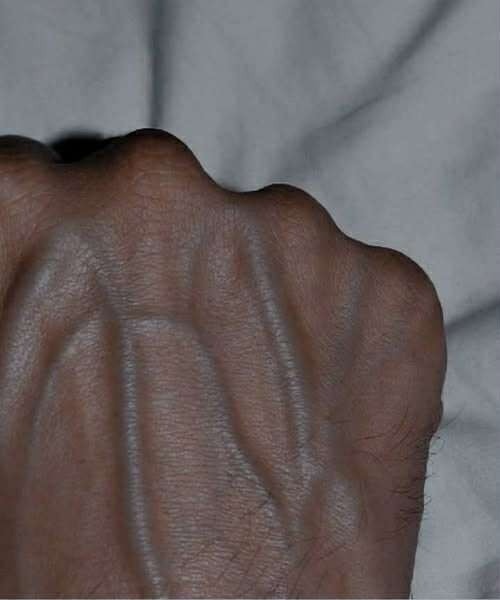Most people barely notice their veins—until one day they catch their reflection, glance at their hands or legs, and suddenly those blue lines seem more noticeable than before. Sometimes it sparks curiosity, sometimes concern, and sometimes it’s just a reminder that the body changes over time.
Visible veins aren’t automatically a sign of a problem, but they’re not random either. The way your veins look can be influenced by age, body composition, temperature, activity level, and even simple genetics. Understanding those factors can help you recognize what’s completely normal and when it may be useful to pay closer attention.
Veins carry blood back to the heart and sit closer to the surface of the skin than arteries. Because of this, they react visibly to hydration, heat, exercise, and the thickness of the fat and collagen layers beneath your skin.
In many cases, prominent veins are harmless. Athletes and people with low body fat often have very visible veins because there’s less tissue between the skin and the vessels. As we age, the skin also becomes thinner and loses elasticity, making veins more noticeable even without weight changes.
Activity plays a role too. During exercise, the veins widen to support circulation. This can make them stand out more, sometimes even for hours afterward—usually a normal response to physical activity.
Warm weather and hot showers have a similar temporary effect. When the body needs to cool down, veins naturally expand and appear darker or larger until temperature levels return to normal.
Continue reading on the next page…

